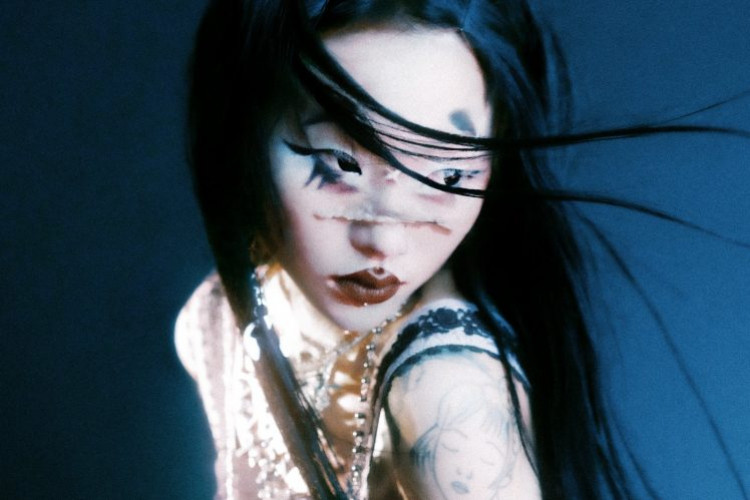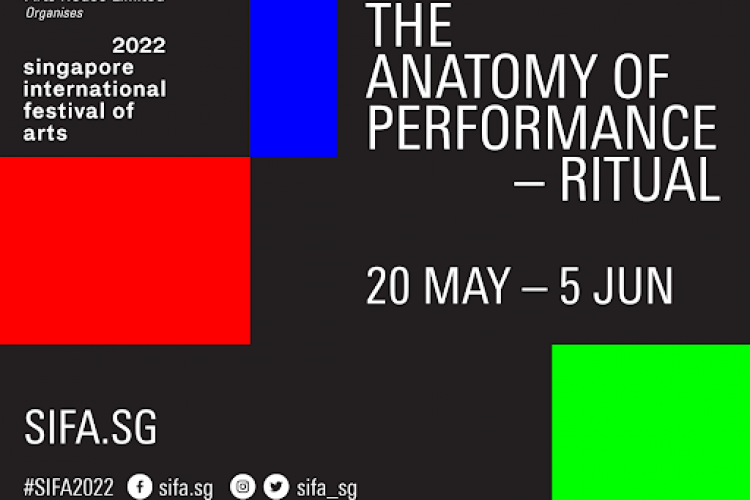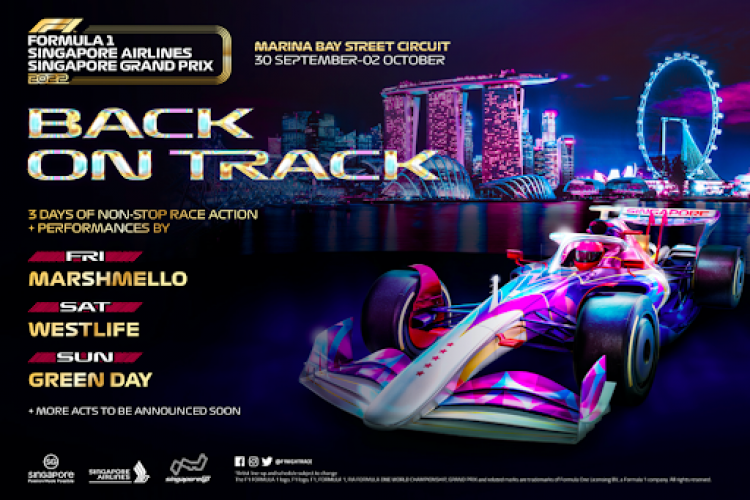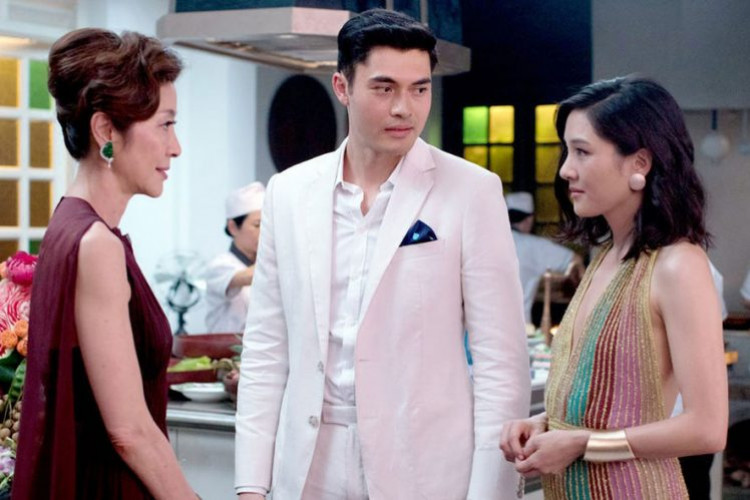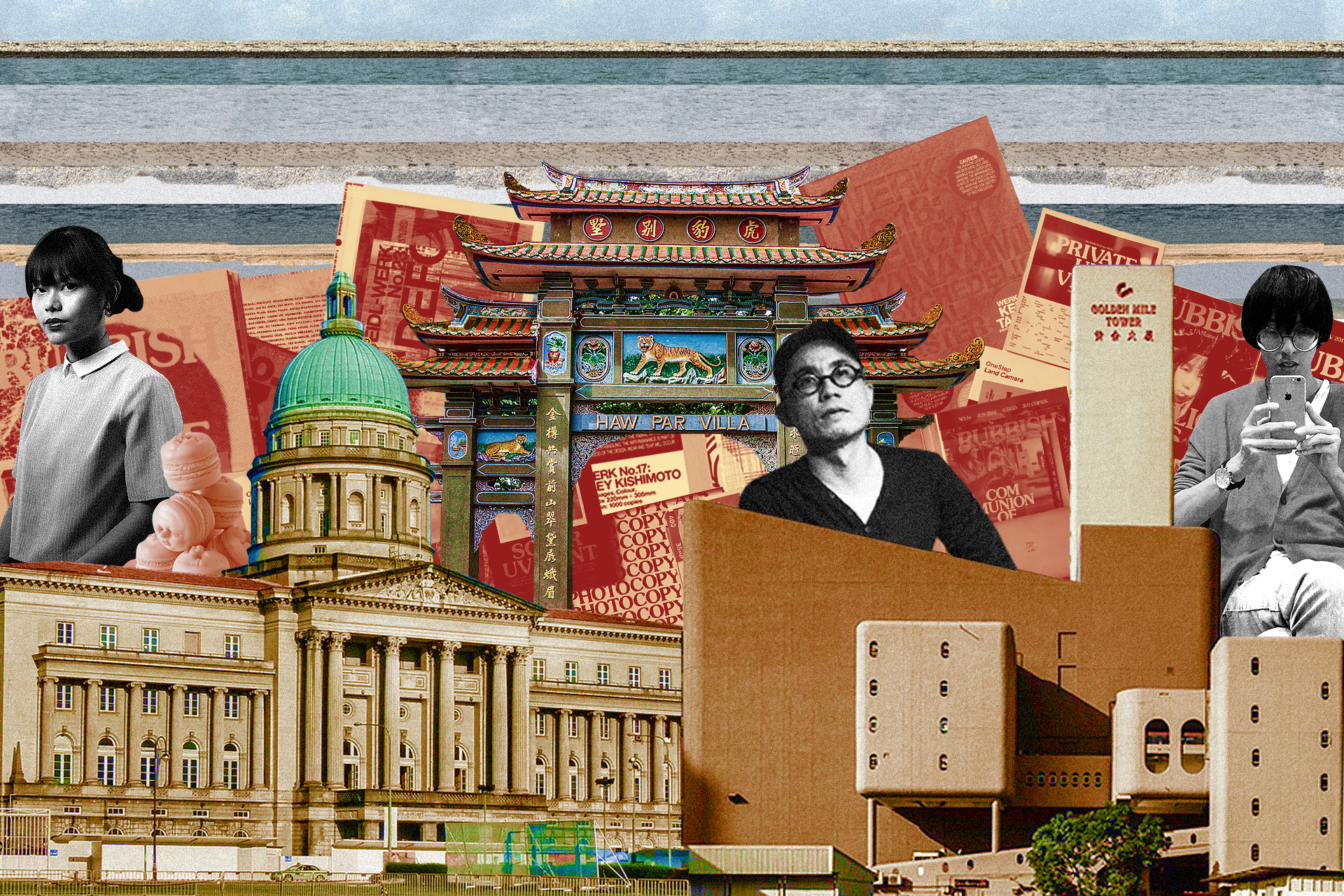
Jelajah Skena Kreatif: Singapura
Episode pertama dari kolaborasi kami dengan Ubies, seri artikel yang mendedah skena seni Asia. Mari jelajahi Singapura bersama mentor kompetisi Ubisum.
Words by Whiteboard Journal
Teks: Ibrahim Soetomo
Mengenal lebih dalam skena kreatif di Singapura melalui kaca mata tiga mentor ubisum Singapura, yaitu Yanda, founder dan creative director dari DO NOT DESIGN; Lim Qi Xuan, seniman beralias Qimmyshimmy dengan karya sculpture kepala-kepala bayi yang mencengangkan, dan Michael Ng, ilustrator dengan moniker Mindflyer sekaligus tokoh di balik Organisation of Illustration Council.
Singapura merupakan melting pot dengan ragam latar belakang budaya. Sebuah city-state dengan exposure global yang tinggi, tapi juga kental dengan nuansa tradisi. Karakter kota yang beragam ini terlihat pula di skena kreatifnya yang muncul sejak mid-90s. Saat itu, Singapura banyak menerima influence budaya pop skala Asia juga global. Gelombang ini menumbuhkan awareness bagi desainer-desainer lokal untuk membentuk studio dan berkarya secara kolektif. Semarak ini kemudian terus meningkat di 2000-an. Pada awal dekade muncul studio seperti WORK, H55, dan Kinetic yang banyak mengerjakan proyek eksperimental dan turut membentuk skena kreatif di Singapura.
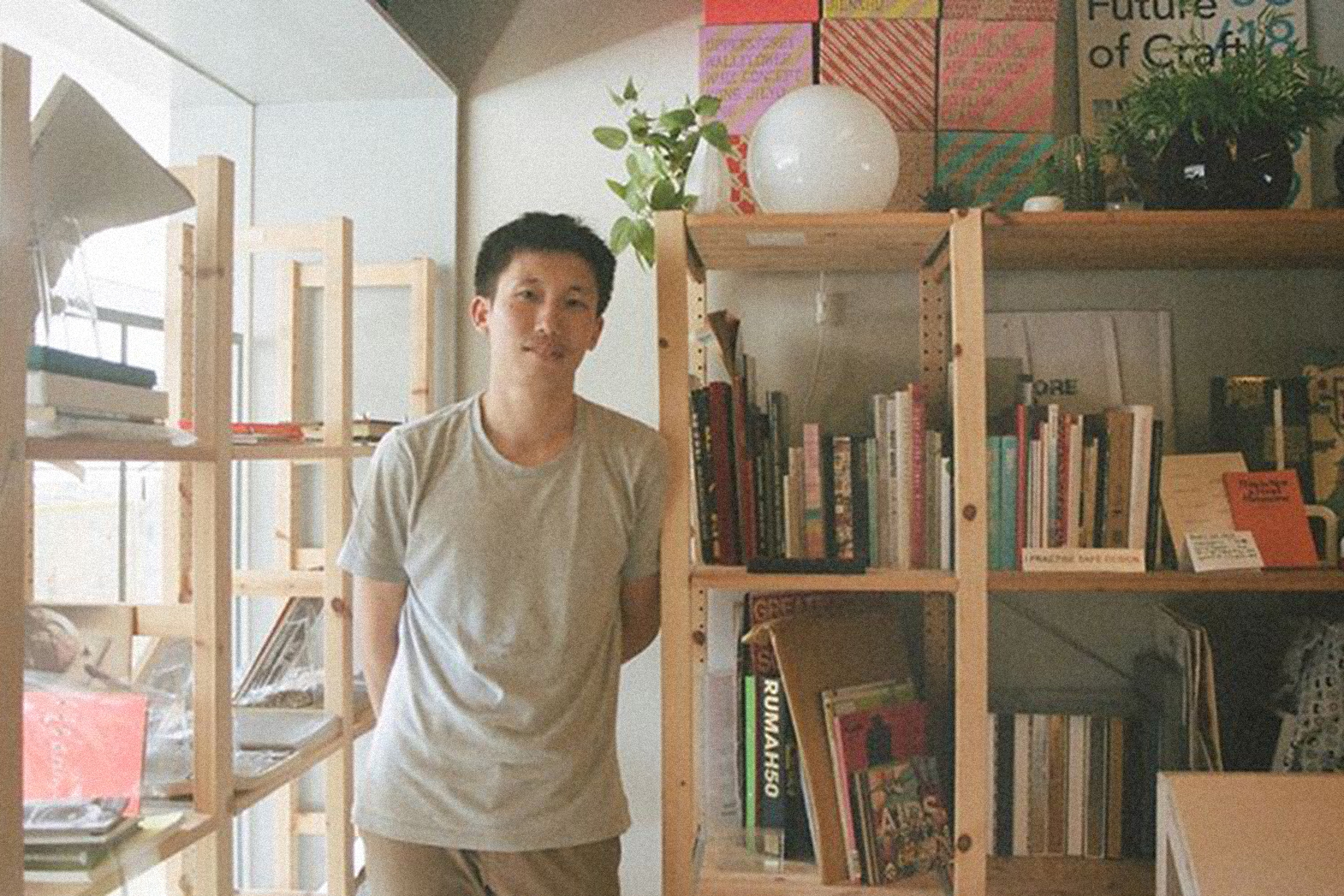

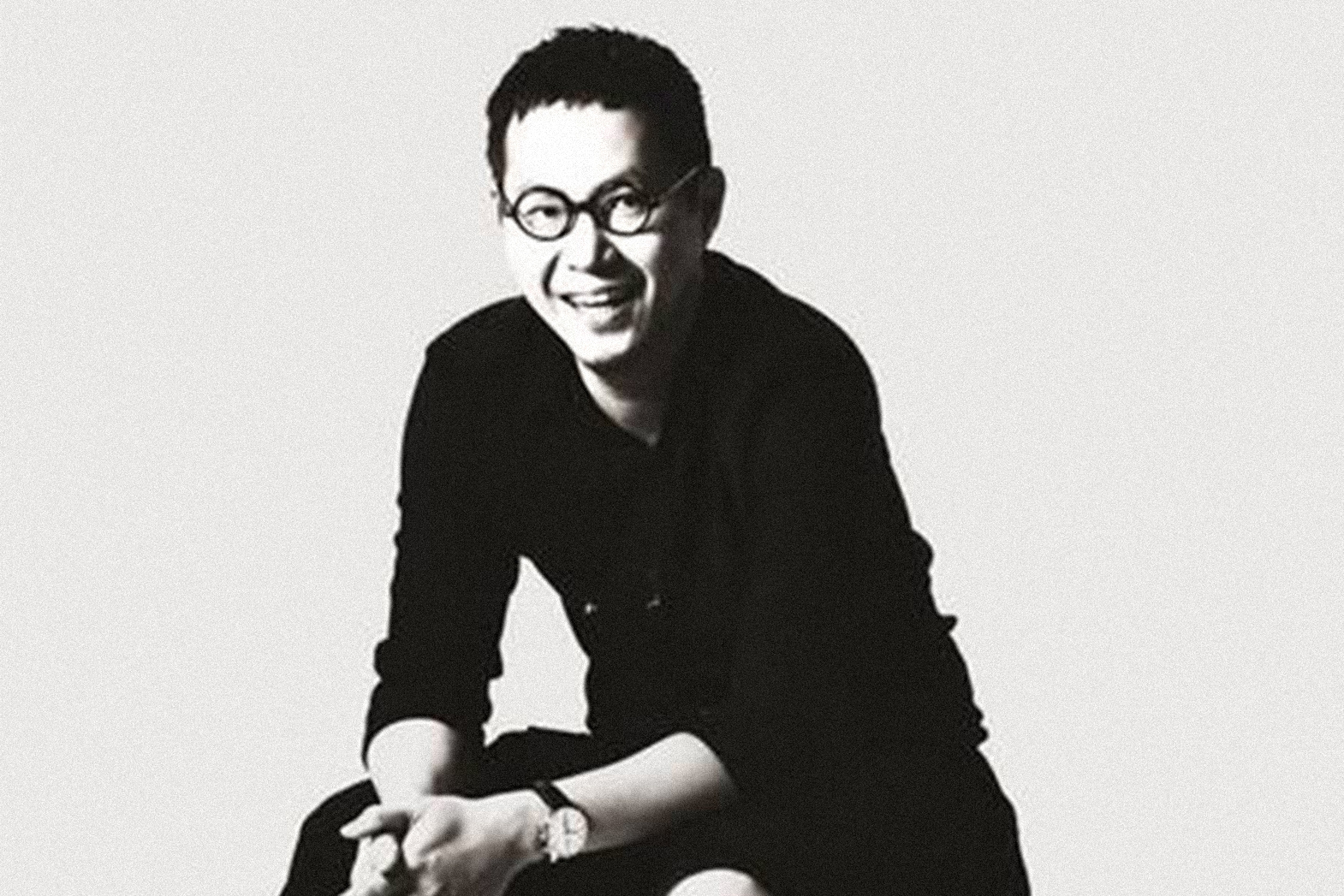
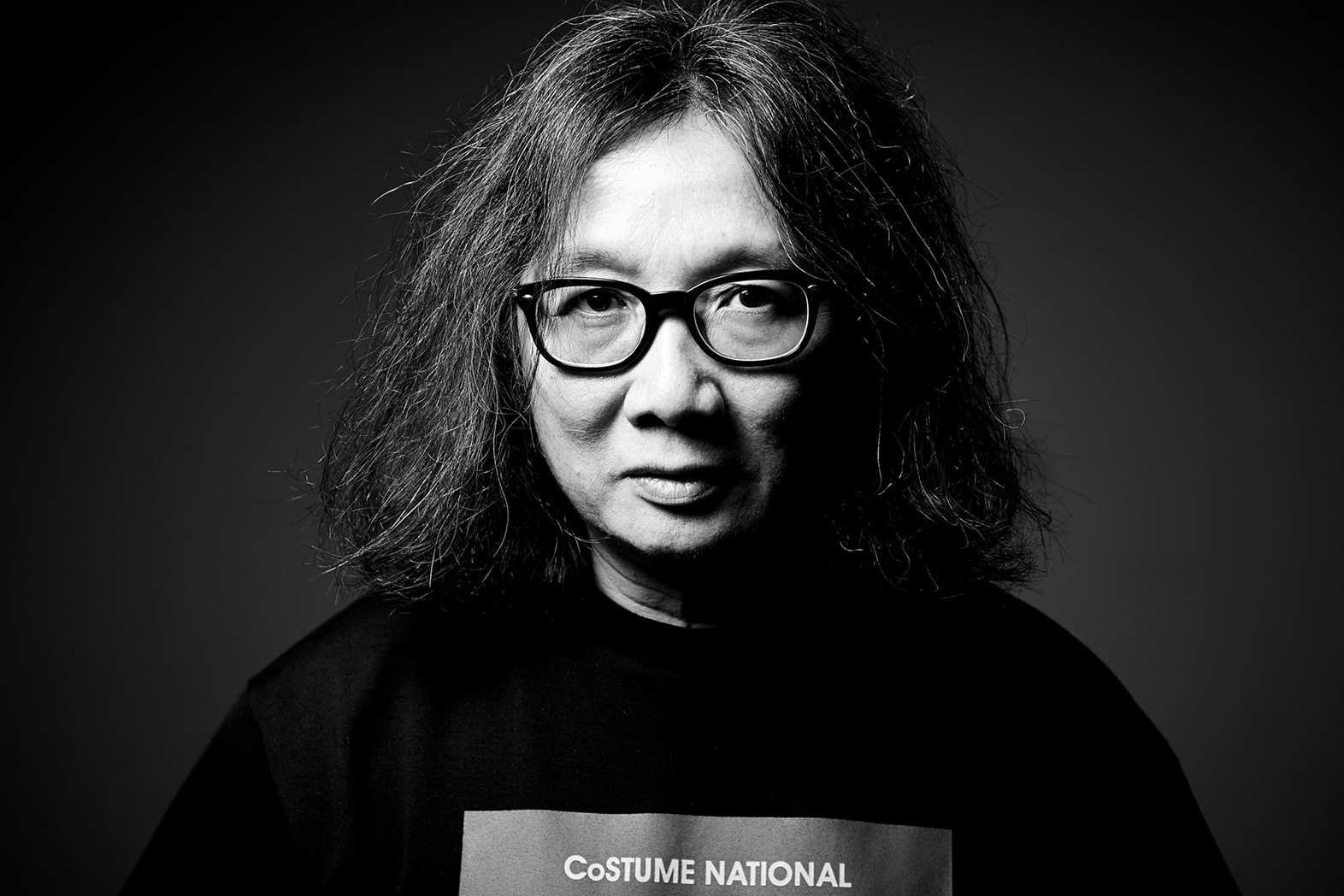




Notable People: Mengenal Tokoh yang Membentuk Skena
Membaca tentang skena kreatif artinya mencari tahu siapa tokoh yang berperan dalam membentuknya. Satu nama penting di sini adalah Theseus Chan, seorang ‘Godfather of Design’ serta tokoh di balik WORK Studio. Sejak 2000, ia mempublikasikan majalah eksperimental sekaligus influensial dalam kancah desain grafis Singapura bernama WERK Magazine. “Majalah self-published ini menaruh Singapura yang kecil ke dalam peta dunia desain internasional,” kata Michael Ng, “sebuah majalah yang dicari-cari dan wajib dikoleksi oleh para desainer dari seluruh dunia.”
Ada pula Felix Ng dan Germain Chong, duo di balik sebuah creative lab bernama Anonymous. Bersama studio ini, Anonymous telah mengerjakan proyek salah satunya Design Film Festival, sebuah festival film dengan eksekusi dan kurasi yang patut diacungi jempol. Disamping kurasi film-filmnya, app dan merchandise festival ini selalu dinanti-nanti oleh para pengunjung.
Di ranah desain interior, ada Chris Lee pendiri studio Asylum. Ia telah merancang beberapa interior bangunan seperti The Warehouse Hotel dan sebuah rooftop bar bernama Loof. Chris Lee berupaya untuk memadukan rasa humor, gaya hidup dan pendekatan kontemporer ke karya-karyanya.
Jika ingin mengetahui sejarah serta skena kreatif Singapura lebih dalam, silakan search Justin Zhuang. “Saya mengagumi upaya Justin Zhuang yang mengoleksi, mengarsipkan dan menuliskan sejarah-sejarah penting yang menyadarkan kita tentang bagaimana Singapura senantiasa dibentuk oleh desain,” kata Lim Qi Xuan. Ya, Justin Zhuang merupakan seorang penulis yang banyak membahas dunia desain Singapura dan merancang web platform arsip-arsip poster Singapura di https://graphic.sg/. Ia juga telah meluncurkan buku Independence: The History of Graphic Design in Singapore since the 1960s. Buku ini didesain oleh studio H55 dan diluncurkan tepat ketika Singapura menginjakkan kaki di umur 50 tahun dan ada pameran dengan judul yang sama untuk menyemarakkannya.
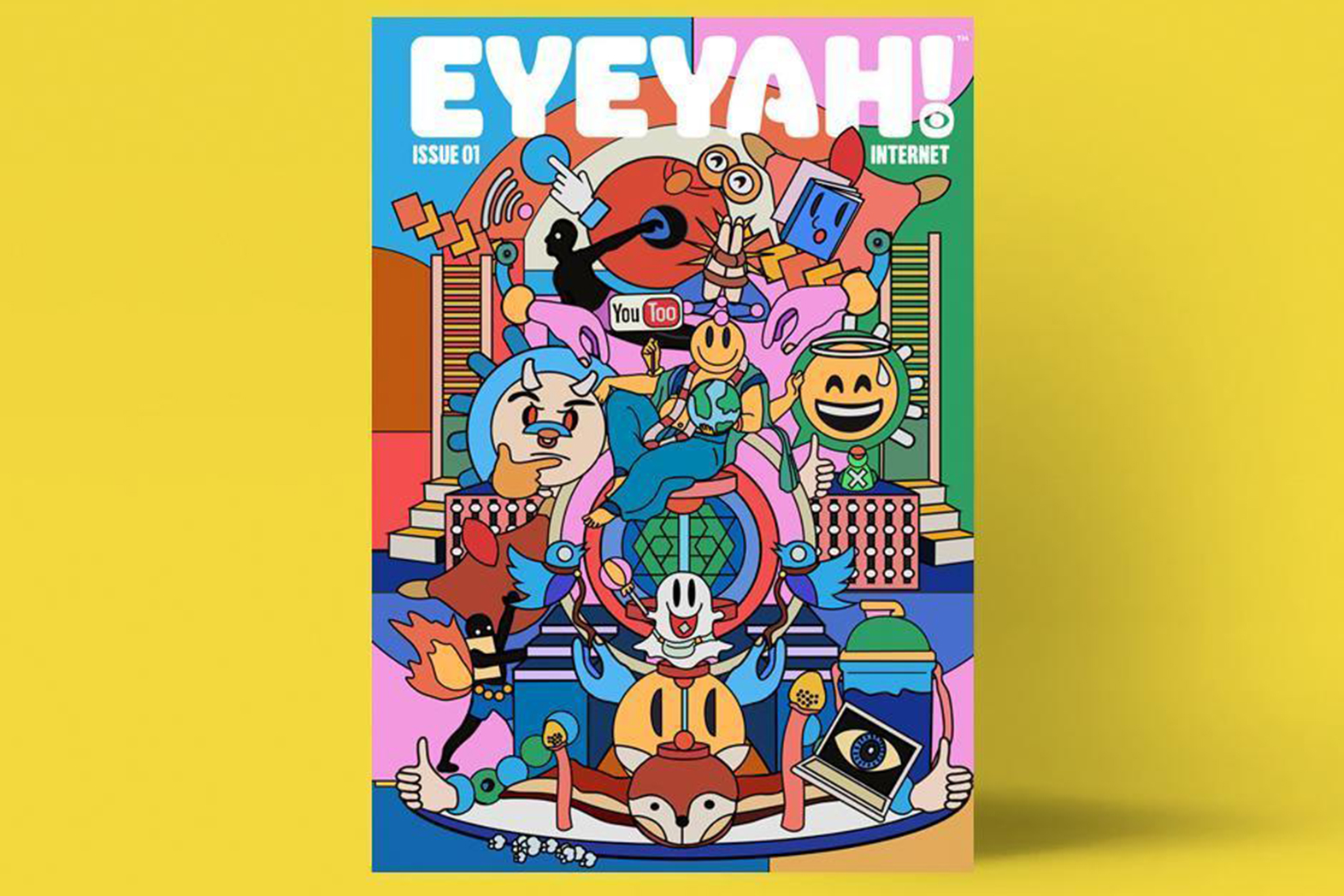
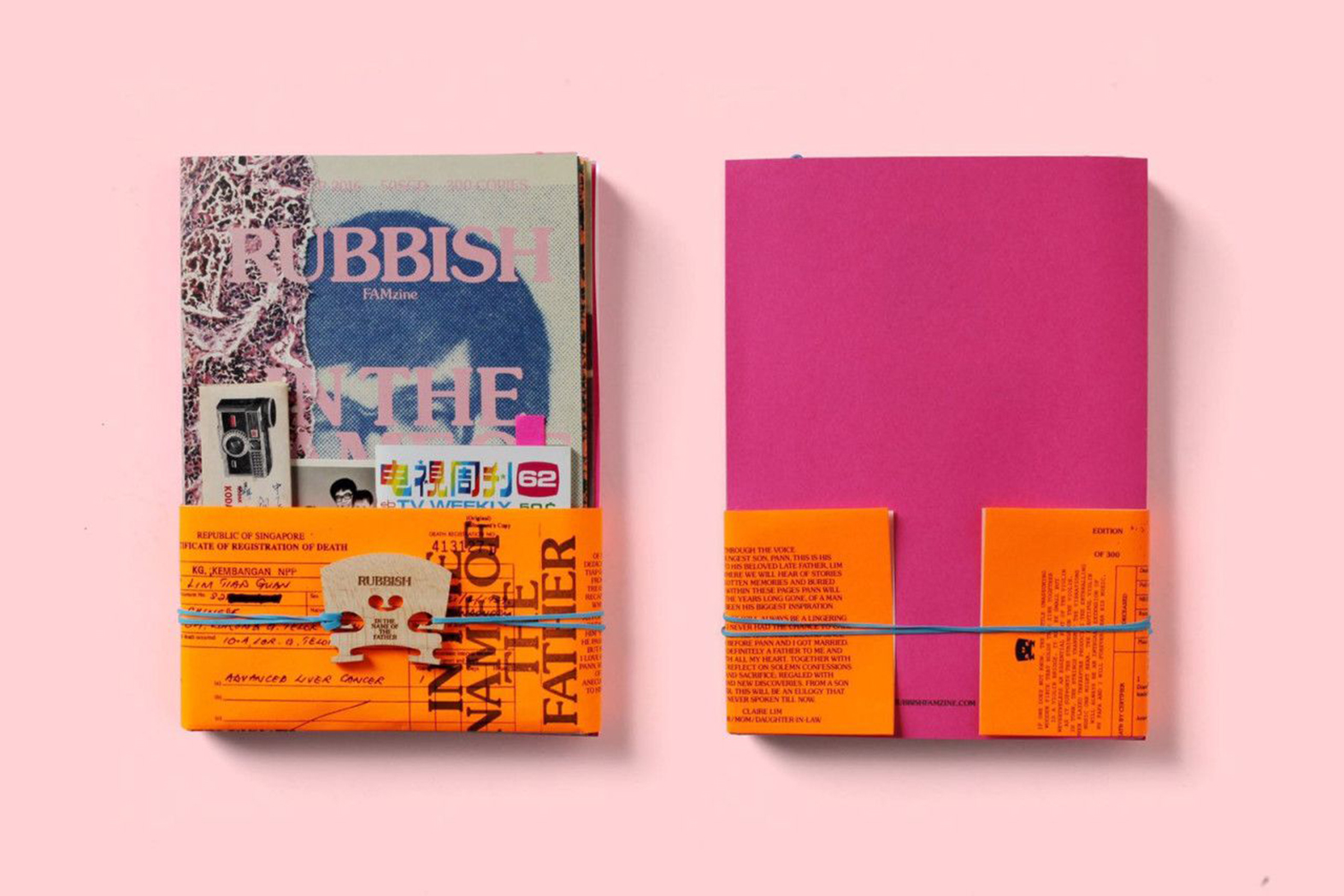
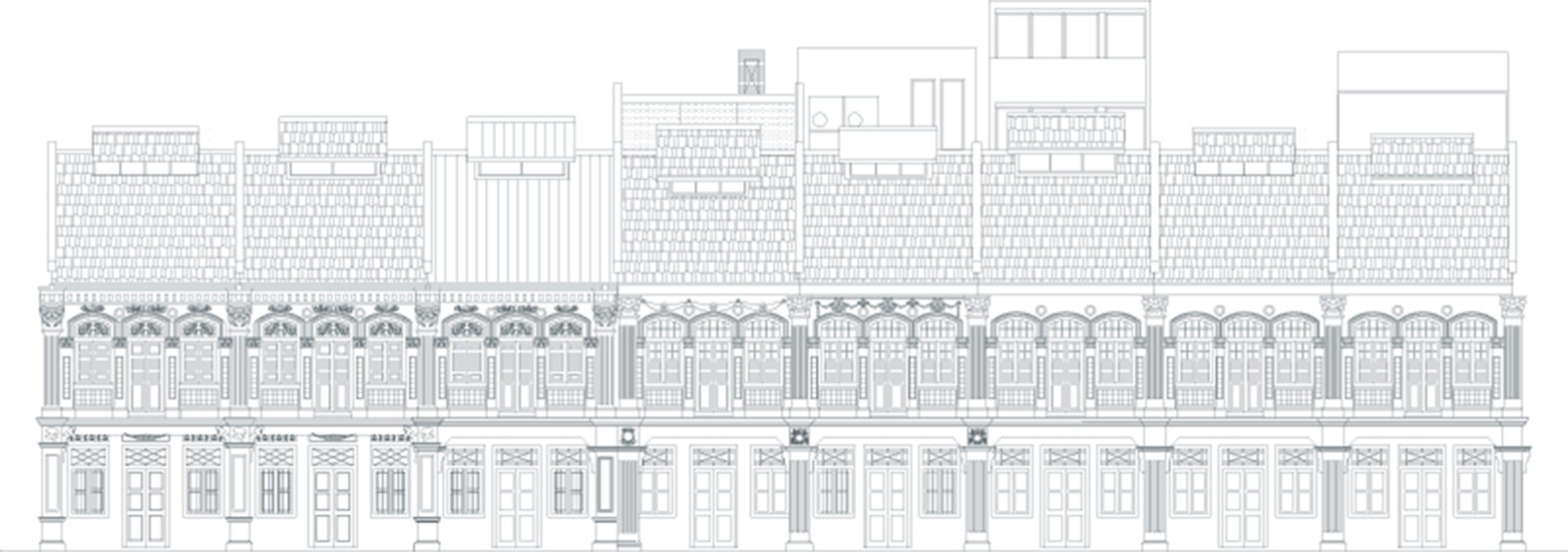
Notable Works: Dari Majalah Eksperimental hingga Bangunan Monumental
Singapura marak akan budaya publikasi. Selain Theseus Chan dengan WERK Magazine, ada pula Eyeyah Magazine. Majalah rancangan Kult ini menggunakan ilustrasi dan desain untuk membagikan pesan-pesan sosial bagi anak-anak dan anak muda. Michael Ng pun bercerita, “Layaknya proyek sebelumnya, yaitu Kult Magazine bentukan Steve Lawler, banyak ilustrator muda yang dapat ditemukan di sini.” Baginya, “Melihat featured artist dari Singapura, Asia dan seluruh dunia selalu menyenangkan!”
Ada juga Rubbish Famzine. Seperti namanya, famzine, Rubbish merupakan majalah yang dipublikasikan oleh sebuah keluarga beranggotakan empat (sang ayah, Pann Lim, merupakan director studio Kinetic). Isinya berupa catatan-catatan kehidupan Si Keluarga, dan didesain dengan format unik dan gaya yang distingtif.
Di ranah arsitektur, ada sebuah proyek bernama The Lorong 24A Shophouses Series. Proyek ini memugar 8 rumah shophouse 1920-an di Jalan Geylang, Singapura, dan memadukannya dengan arsitektur kontemporer. Setiap rumah didesain oleh arsitek yang berbeda dengan gaya dan statement yang berbeda pula. Proyek ini merupakan upaya memadukan nilai-nilai lokal Singapura dengan pendekatan-pendekatan kontemporer untuk menciptakan sebuah karya yang ‘baru’ dan unik; inisiatif yang sama dilakukan oleh Chris Lee dengan The Warehouse Hotel.
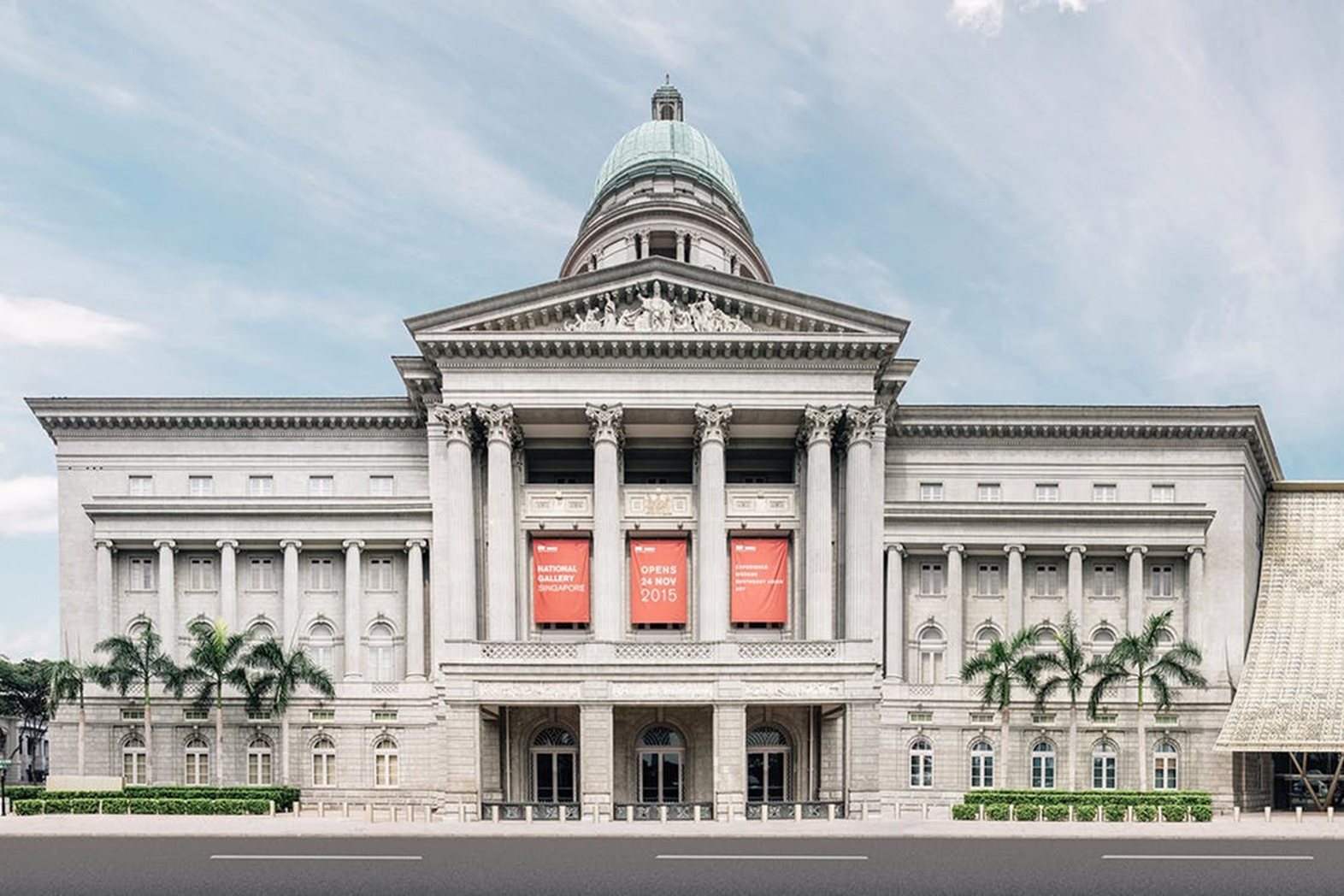
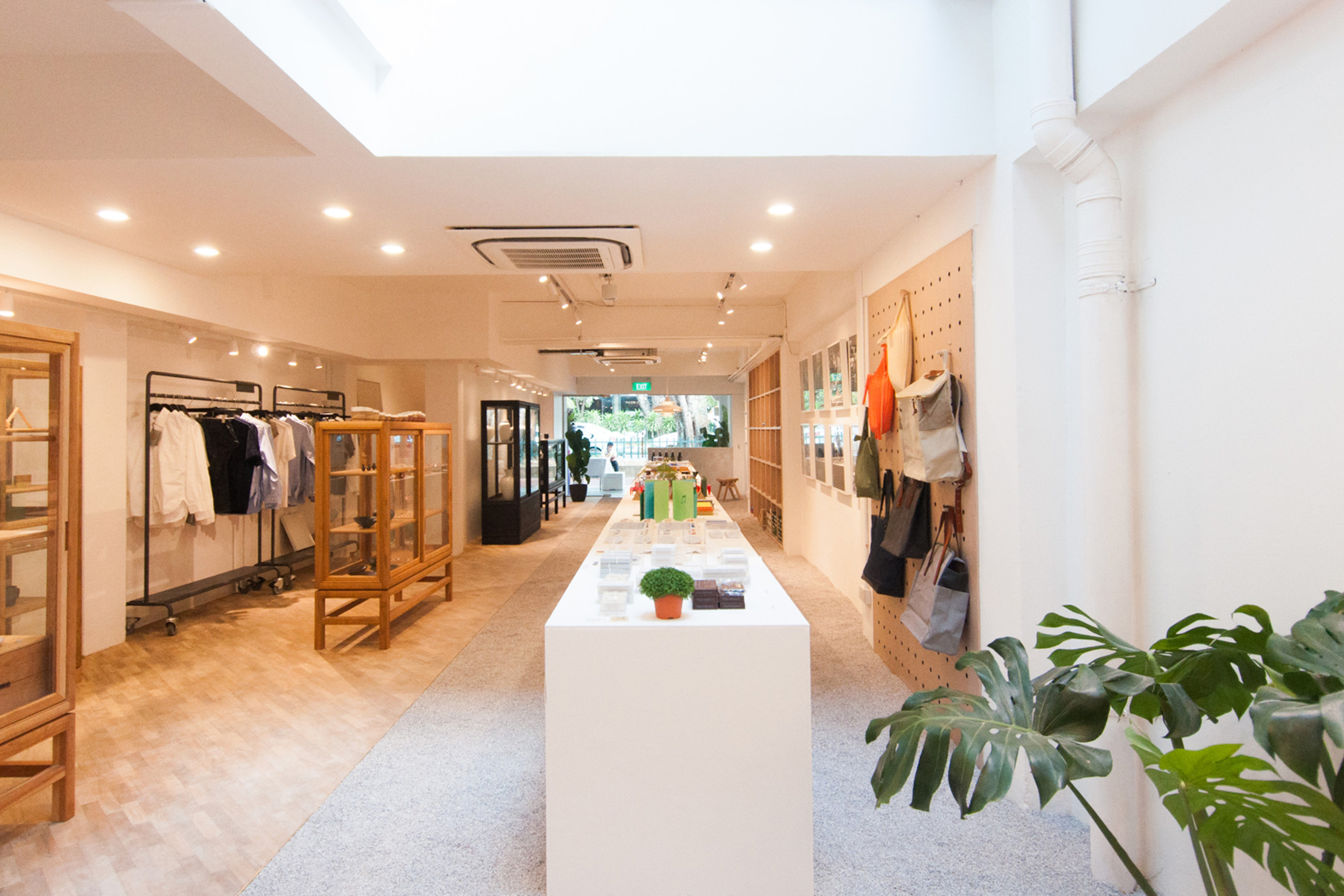
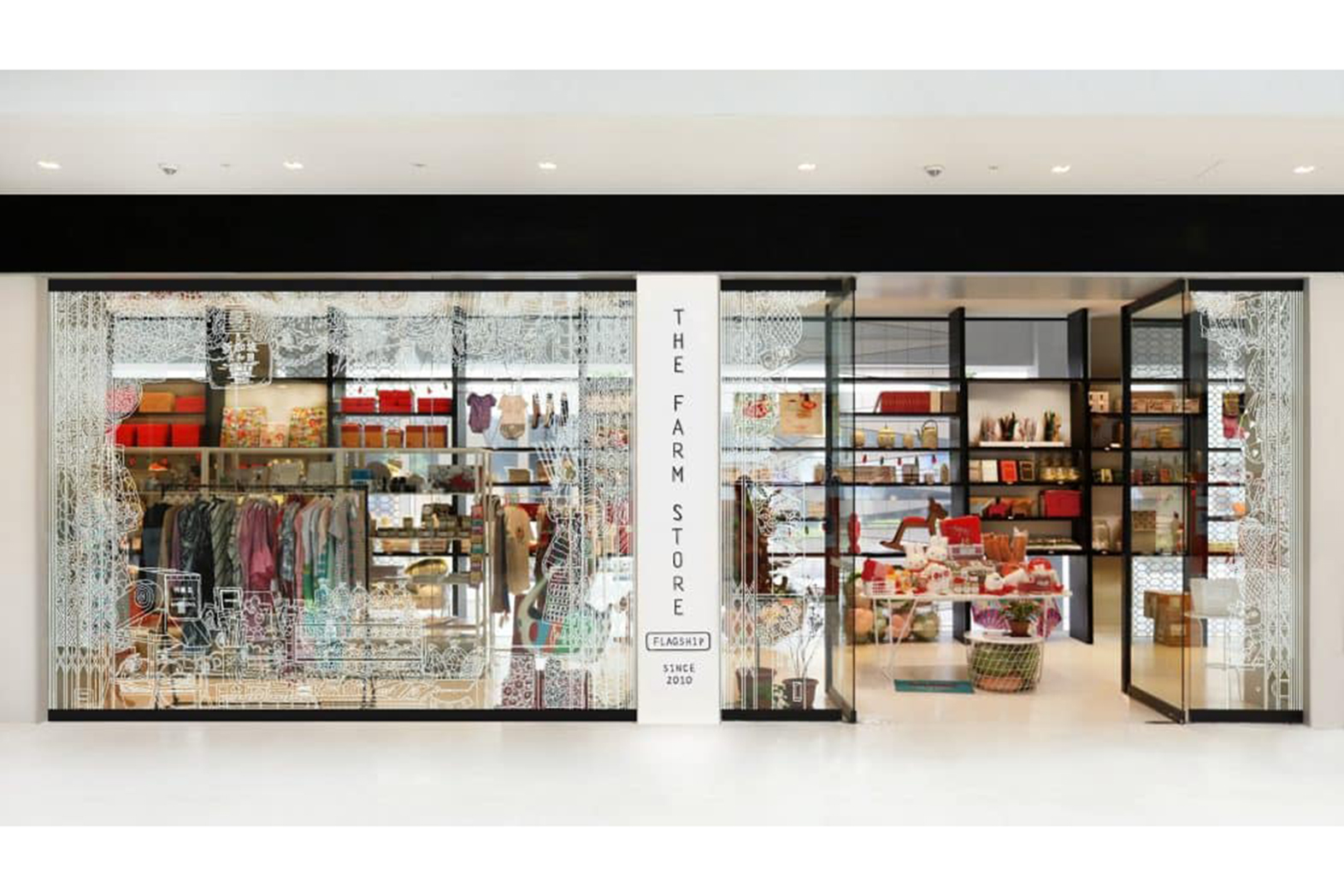
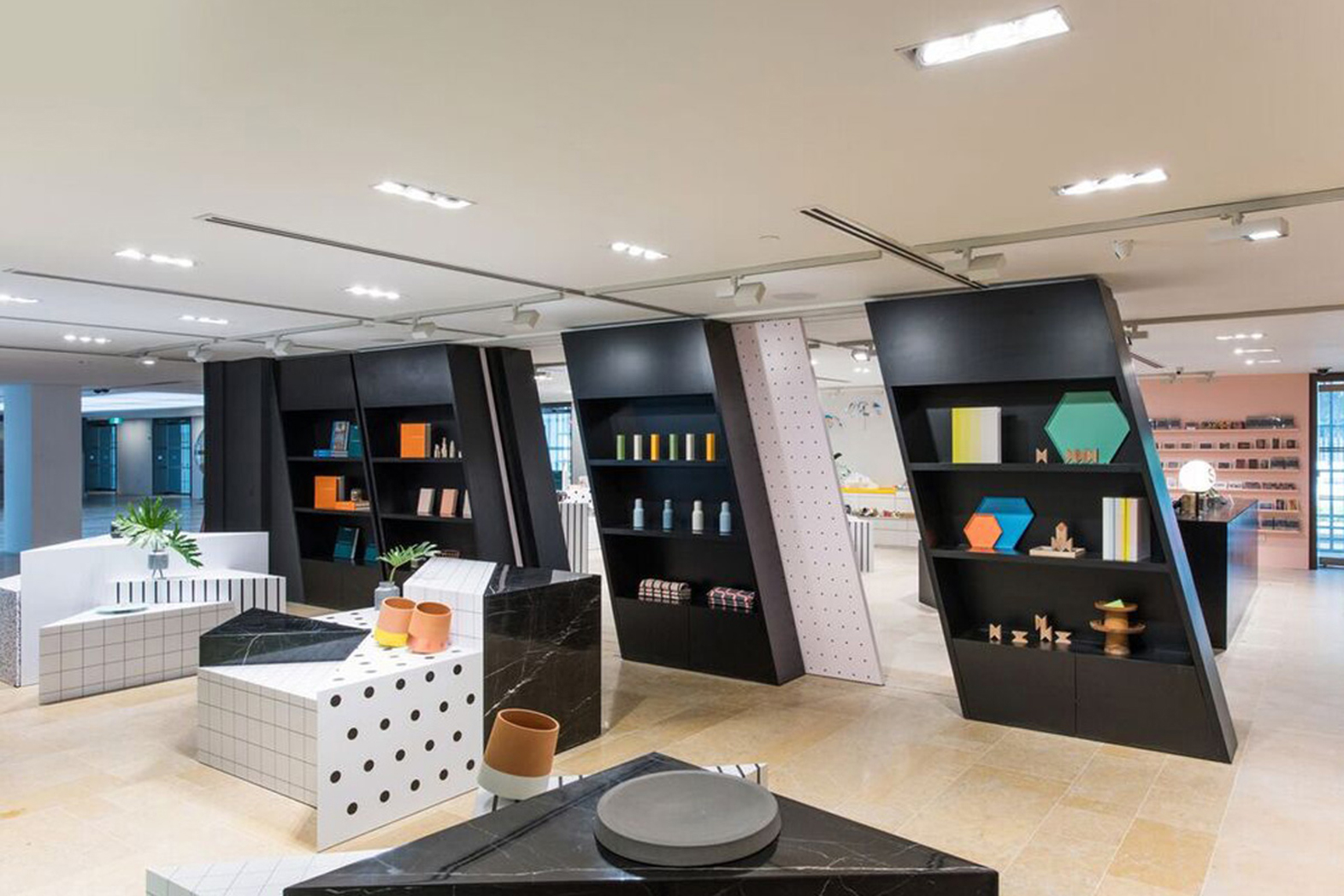
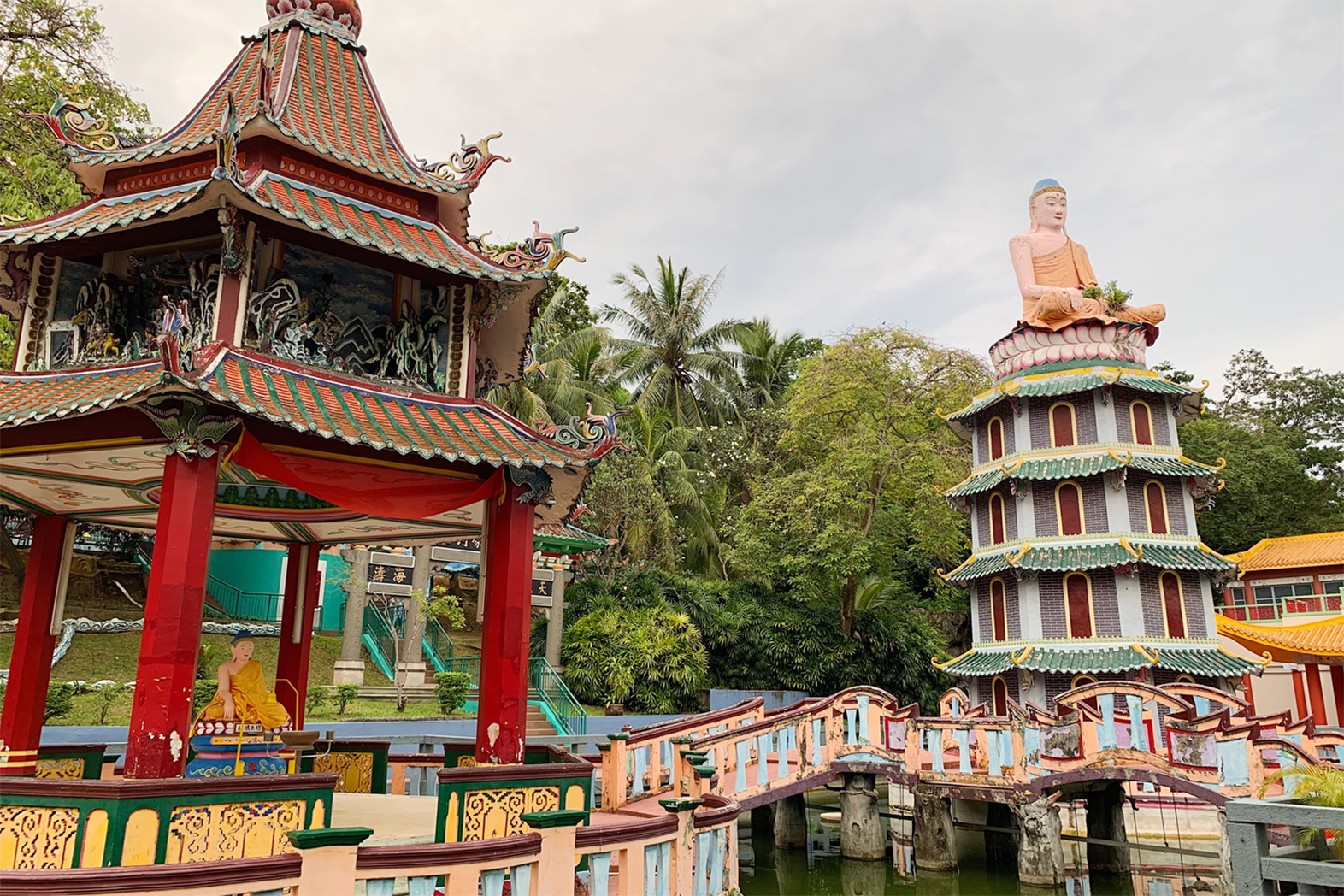






Notable Places: Wisata-Wisata Alternatif
“Lupakan kebun binatang, taman-taman kota, atau Gardens by the Bay,” kata Yanda, “karena destinasi yang sebenarnya adalah Haw Par Villa.” Tempat ini merupakan cultural park wajib kunjung yang menampilkan budaya, folklor dan mitologi Cina. Lim Qi Xuan menganggap tempat ini trippy, sedangkan Michael Ng menilainya kocak dan nyentrik. Satu hal, Haw Par Villa merupakan tempat tepat bagi kita yang ingin menelusuri budaya Cina dan Asia.
Bagi yang ingin mengetahui sejarah seni Singapura, ada baiknya untuk mengunjungi National Gallery Singapore. Di sini, kita dapat melihat karya-karya penting dalam perkembangan skena seni Singapura. Sedangkan untuk tempat yang spesifik pada industri kreatif, kita bisa mengunjungi Supermama, sebuah design store yang memproduksi dan menjual berbagai macam produk. Toko ini dikenal karena kurasi produknya yang sangat baik, dan founder-nya, Edwin Low, bekerjasama dengan desainer lokal serta pengrajin dari Jepang. Tempat lain yang menjual berbagai produk unik juga terdapat di Knuckles & Notch (khusus artbook dan zine underground), Gallery & Co, National Gallery Singapore dan The Farm Store, National Design Centre.
–
Skena kreatif Singapura kaya akan cita rasa. Karakternya begitu blended antara yang internasional dan kontemporer dengan yang lokal dan konvensional. Karakter inilah yang membuat para pelaku skena dapat terus bereksperimen dengan karya-karyanya. Artikel ini merupakan kerja sama dengan Ubies, sebuah platform bagi para kreator Asia lintas disiplin, dalam rangka ubisum by ubies, sebuah turnamen kreatif online bagi para kreator se-Asia yang mengundang 100 infuencer kreatif sebagai mentor yang nantinya akan bekerja dan mendukung para kreator pilihannya.
——-
ENGLISH VERSION
Get to know Singapore’s creative scene on a deeper level through the lens of 3 Singaporean Ubisum curators, Yanda, founder and creative director of DO NOT DESIGN, Lim Qi Xuan or Qimmyshimmy, a sculpture artist best known for his eerie works with baby heads, and Michael Ng, an illustrator under the moniker of Mindflyer, who is also the figure behind the Organisation of Illustration Council.
Singapore is a melting pot filled with a variety of cultural backgrounds. A city-state with high global exposure and yet, highly imbued with traditional nuances. This diverse character of the city lives through its creative scene since its emergence in the mid-’90s. At the time, Singapore was highly influenced by a lot of Asian, as well as global pop culture. This new wave raised awareness for global creativity that motivated many local designers to start their own studios and create as a collective. This upsurge continued on to the 2000s. At the beginning of the decade, we witnessed the birth of many creative studios such as WORK, H55, and Kinetic who embarked on many experimental projects that simultaneously helped shape Singapore’s current creative scene.








Notable People: Get to Know the People Who Shaped the Scene.
To research a creative scene means to uncover the people who helped shape it. One important name to mention here is Theseus Chan, known as the ‘Godfather of Design’, he is also the man behind WORK Studio. Since 2000, he has been responsible for Singapore’s most influential and experimental design publication, WERK Magazine. “This self-published magazine puts our small Singapore on the global map of international design,” said Michael Ng, “a highly sought after magazine that should be collected by designers from all over the world,”.
On the other side of the spectrum, we have Felix Ng and Germaine Chong, the duo behind Anonymous creative lab. Anonymous has done various notable projects including the Design Film Festival, a local film festival with impeccable curation and faultless execution. Other than their top-notch films, the app and merchandise are amongst the visitor’s most awaited items.
Bridging to the world of interior design, Chris Lee, the founder of Asylum studio is a name that many often hear. He has designed multiple buildings’ interiors including “The Warehouse Hotel” and a rooftop bar called “Loof”. With award-winning designs, Chris always tries to create with a contemporary approach, instilling practicality for everyday lifestyle and most importantly, a sense of humor.
If you want to go deeper into the history of Singapore’s creative scene, another name you need to know is Justin Zhuang’s. “I admire Justin Zhuang’s efforts to collect, archive and record important historical moments that remind us of how Singapore has always been shaped by design,” Lim Qi Xuan explains. Justin Zhuang is a writer who delves into the world of Singaporean design by archiving posters through his web platform https://graphic.sg/. You can also read Zhuang’s research through his book, Independence: The History of Graphic Design in Singapore since the 1960s, designed by H55 studios that launched right on Singapore’s 50th birthday, complete with an exhibition of the same name to further celebrate it.

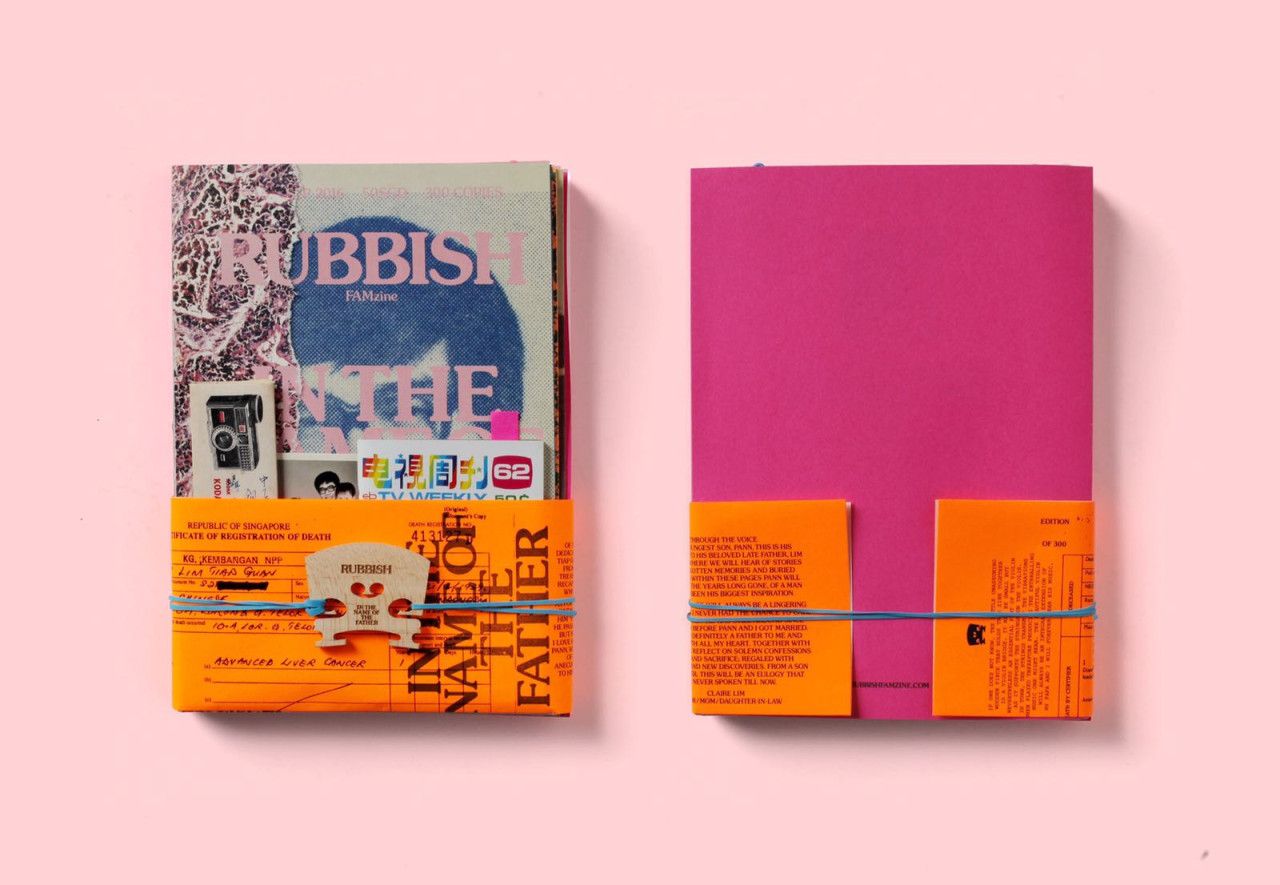

Notable Works: From Experimental Magazines to Monumental Buildings.
Singapore is rife with publication culture. Aside from Theseus Chan’s WERK Magazine, Eyeyah Magazine also thrives. This Kult designed magazine uses illustration and design to share social messages to kids and young people. “Like previous projects, namely Kult Magazine formed by Steve Lawler, many young illustrators are discovered here.” Michael Ng shares. For him, “Seeing featured artists from Singapore, Asia and all over the world are always a treat!”
Next is Rubbish Famzine. Like its name, famzine, Rubbish is a magazine published by a family of four (the father, Pann Lim is a director at Kinetic studio). It contains notes on the life of “The Family” designed in a unique format with a distinctive style.
In the architectural realm, there is a project called The Lorong 24A Shophouses Series. This project restores 8 shophouses from the 1920s in Geylang Street, integrating them with contemporary architectural styles. Every house is designed by different architects with their own distinct styles and statements. This project was created as an effort to preserve local values with a contemporary approach to create a work that is ‘new’ and unique, within the same initiative that Chris Lee had during his design process of “The Warehouse Hotel”.








Notable Places: Alternative Tourist Excursions
“Forget the zoo, city parks or Gardens the Bay,” Yanda exclaims, “the real destination is Haw Par Villa.” This cultural park is a mandatory visit as it highlights Chinese culture, folklore, and mythology. If you’re lucky, you may bump into some of Singapore’s most notable design figures like Lim Qi Xuan or Michael Ng, individually regarding this park as “trippy, eccentric, and humorous”. One thing is for sure, Haw Par Villa is the perfect place for those of us who are interested in learning more about Chinese and Asian cultures.
Another mandatory place to visit is the National Gallery Singapore. Here, we can see important works within the development of Singapore’s art scene. As for something more specific to the creative industry, Supermama is positively enlightening. A design store that produces and sells a plethora of products, this store is famous for its awesome product curation. Founder, Edwin Low often collaborates with local designers and Japanese craftsmen. Other eccentric places to mention are Knuckles & Notch (focused on artbooks and underground zines), Gallery & Co., The Farm Store, and National Design Centre.
–
Singapore’s creative scene is rich with taste, with a character to flawlessly blend the international and contemporary with the local and conventional. This character is what drives the local scenesters to keep freely experimenting with their works. This article is in collaboration with Ubies, a platform for Asian multidisciplinary creators in the wake of ubisum by ubies, a creative online competition for Asian creators that invites over 100 creative influencers as mentors who will work with and support their chosen creators.
